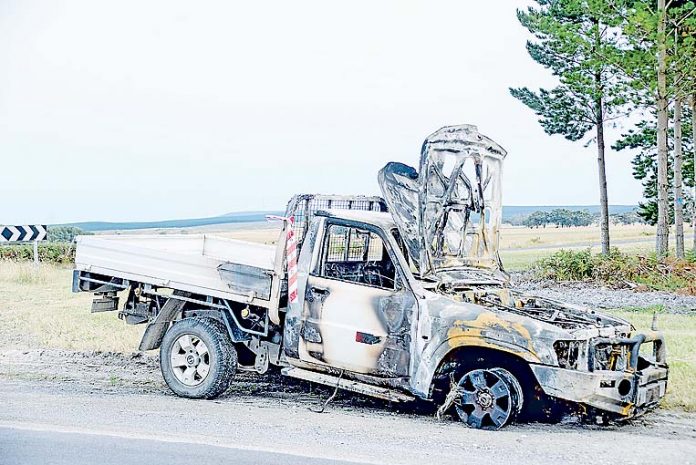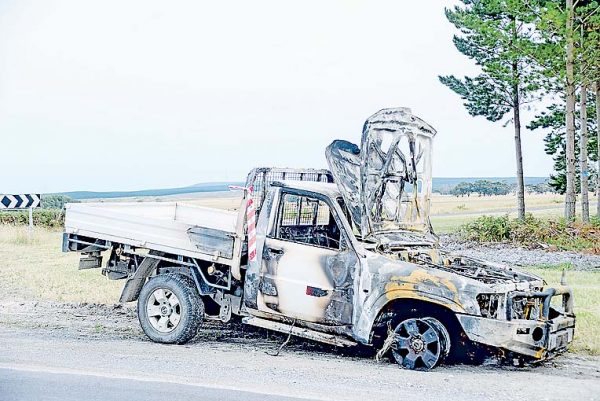

SOUTH Australia recorded the fourth hottest summer on record in 2017/18 and the dry conditions were felt far and wide, including in the Limestone Coast.
Staying cool was a challenge throughout the summer months as the state sweltered in temperatures which were 1.52C higher than the average (1.3C in Mount Gambier).
Fortunately here in Mount Gambier, temperatures were slightly lower than most parts of the state, however a spokesperson from the Bureau of Meteorology said the region still experienced drier conditions than the average.
“Rainfall was slightly below average,” they said.
“Mount Gambier only caught the fringes of the very heavy rains which affected areas further east in Victoria and southern New South Wales at the start of December.”
While the temperatures fluctuated throughout the summer months, the South East experienced some of the worst fire conditions in recent times, leading to a devastating blaze in Sherwood in early January.
“Certainly most of the fire activity in the region was in the Upper South East with the blaze in Sherwood burning 12,000ha and another at the gap burning 3000ha,” Country Fire Service regional commander John Probert said.
“Fortunately in the Lower South East we were able to keep any fires to a very small size, thanks to the good work by our CFS groups in conjunction with the private forestry firefighters.”
Mr Probert said there were days that reached catastrophic fire danger, keeping volunteers on high alert all summer.
“I have not crunched the numbers, but my gut feeling is we have had more days with extreme fire conditions than recent years,” Mr Probert said.
“That very high potential for fire has been reduced by the great work of our volunteers.”
Summer may have finished last week, however Mr Probert said dry conditions over the past 12 months meant the fire season was far from over.
“We are not out of the woods yet, the fire season will not end until at least the middle of April and it could be extended beyond that,” he said.
“Dry conditions over the last year means the soil is still very dry and fuel loads are dry, so we are nowhere near out of danger.”
The community was encouraged to stay vigilante and alert, especially when it comes to the increased incidence of criminal activity.
“The number of deliberately lit car fires we have had is just insane and there are absolutely no excuses for this sort of behaviour,” Mr Probert said.
“It is just stupid, you can only describe it with whatever expletives that you are allowed to put in the paper.
“It puts other people’s livelihoods in danger and I hope when they are caught they feel the full weight of the law.”







